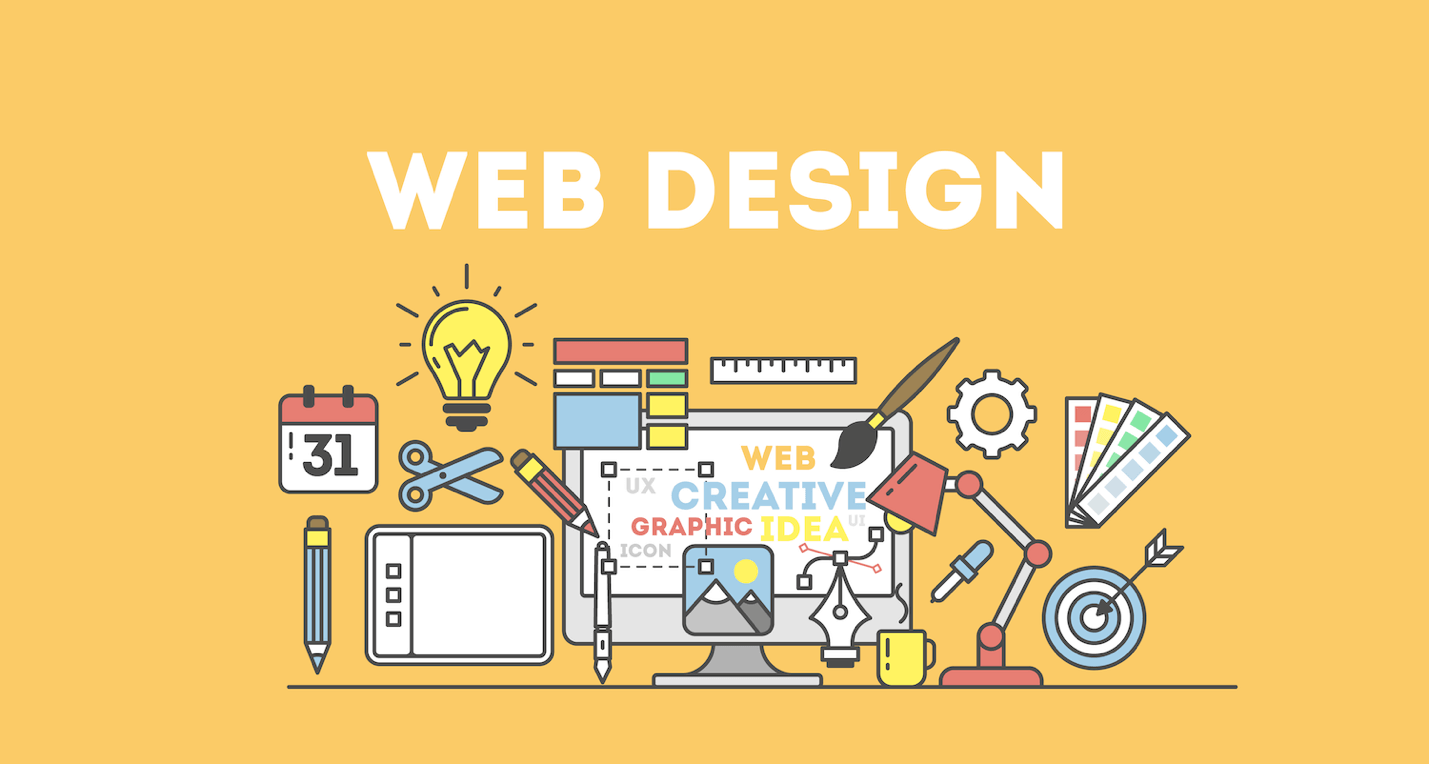Checking Out the Important Components of Reliable Internet Style for Boosted Individual Experience and Interaction
In the quickly advancing electronic landscape, the importance of efficient internet design can not be overstated, especially relating to individual experience and interaction. A user-centric method, which emphasizes user-friendly navigation and responsive layouts, is crucial for developing a smooth communication. Integrating aesthetic power structure and high-grade material can dramatically affect customer retention and contentment. As we examine these important elements, it ends up being noticeable that the interaction between design options and individual actions warrants additionally expedition to discover exactly how these approaches add to an absolutely appealing online setting.
Importance of User-Centric Layout
As individuals progressively navigate an electronic landscape full of diverse options, the significance of user-centric design comes to be critical. This strategy focuses on the needs, choices, and actions of end-users, guaranteeing that digital interfaces are not just useful but likewise intuitive and interesting. By concentrating on user-centric style, services can produce a seamless experience that promotes contentment and commitment.
Effective user-centric layout includes understanding the target audience via research and analysis. This includes gathering insights right into individual demographics, choices, and pain factors. By using devices such as individual personalities and use screening, designers can produce tailored experiences that reverberate with individuals on an individual degree.
Moreover, user-centric design boosts accessibility, making electronic items useful for a wider target market, including those with specials needs. By incorporating inclusive layout concepts, companies can show dedication to diversity and equality.
Inevitably, user-centric style is not simply a pattern however a fundamental aspect of reliable website design. It drives interaction, lowers bounce rates, and enhances conversion rates, causing improved company outcomes. Business that prioritize user-centric style position themselves for long-lasting success in a progressively affordable digital market.
Trick Concepts of Navigating
Effective navigating is critical for improving the individual experience on any type of internet site. It functions as the foundation of a website, directing users with ease through content while promoting interaction and lowering stress. One vital principle of effective navigating is simplicity; food selections ought to be clear and concise, enabling users to rapidly grasp the framework of the site.
Another essential facet is uniformity, where navigational elements, such as food selections and switches, need to remain consistent across all pages. This predictability fosters a feeling of knowledge, making it possible for individuals to navigate with ease. Additionally, a well-organized power structure is important; classifying details logically helps users locate what they are seeking without unnecessary initiative.
Aesthetic signs, such as highlighted energetic web links and breadcrumb routes, can also improve navigating by giving context and orientation. It is necessary to ensure web links are conveniently recognizable and appreciable from regular message. Moreover, the placement of navigation elements ought to focus on use, typically placing them at the leading or side of the page.
Integrating these concepts can substantially boost individual contentment, making it crucial for internet developers to prioritize efficient navigation in their layout procedure.
Responsive Layout and Ease Of Access
Modern website design should focus on responsive style and go to the website ease of access to ensure a seamless experience for all users, no matter their device or capacities. Responsive design allows websites to adapt fluidly to numerous screen sizes, from desktops to mobile phones, which is important in today's multi-device landscape. This versatility not only boosts use however additionally improves search engine positions, as search engines favor mobile-friendly sites.
Incorporating access functions is equally crucial. This includes ensuring that the site is navigable using keyboard for users with wheelchair impairments and providing message alternatives for photos for those who depend on screen readers. By following the Internet Web content Availability Guidelines (WCAG), developers can produce inclusive experiences that satisfy customers with diverse demands.
In addition, testing on various devices and with numerous assistive technologies allows designers to recognize potential obstacles and make necessary adjustments - web design. Stressing receptive layout and availability is not simply an ideal method; it mirrors a dedication to inclusivity and user-centric layout. Eventually, a well-designed website should be an atmosphere where every individual can involve meaningfully, fostering an extra linked and educated neighborhood

Visual Hierarchy and Visual Appeals
Developing a clear aesthetic power structure is crucial for assisting customers through a site's material and enhancing their overall experience. Aesthetic hierarchy describes the arrangement and discussion of components in a manner that prioritizes details successfully. By using size, shade, comparison, and spacing, designers can create an user-friendly circulation that guides customers' focus to one of the most essential elements of the page.
Making use of headings and subheadings is critical in developing this hierarchy, as they not just arrange content but also signal to customers what info is most significant. web design. Contrasting shades can highlight vital actions, such as phone calls to activity, encouraging individual involvement. Furthermore, whitespace plays a vital duty; it prevents mess and permits users to concentrate on the critical components without interruption

Content Top Quality and Involvement Approaches
High-quality content is fundamental to capturing and preserving individual rate of interest on a website. It not only notifies and enlightens but likewise boosts the total user experience. Engaging content must be relevant, well-researched, and tailored to the target audience's requirements. This entails understanding user intent and supplying worth through clear, succinct language and engaging narratives.

Moreover, normal updates and fresh material are Discover More vital to keep individual interest and improve internet search engine rankings. Using a mix of evergreen and trending topics allows sites to stay relevant and reliable in their specific niche.
Last but not least, efficient content method need to include clear phone call to activity (CTAs) that lead customers toward desired outcomes, whether that be subscribing to an e-newsletter or acquiring an item. By focusing on content quality and interaction techniques, websites can create a vibrant setting that advertises expedition and fosters user commitment.
Verdict
Finally, efficient website design is pivotal for improving individual experience and involvement. By prioritizing user-centric concepts, integrating clear navigation, making sure receptive formats, and developing a strong visual power structure, sites can accomplish better accessibility. Top notch web content and interactive functions significantly contribute to user involvement. Collectively, these important aspects produce a cohesive electronic environment that not only mesmerizes visitors but additionally promotes long-lasting retention, inevitably bring about effective online engagement approaches.